The National Park Service Arrives and Evictions Begin
When President Harry S Truman dedicated Everglades National Park on December 6, 1947, the park boundary extended around the village of Flamingo. At that time, the community included thirty-four houses and numerous docks and outbuildings. By March 1949, tension with residents and the growing realization that fish houses could operate outside the park led the National Park Service to end private landholding in the Flamingo area. A judge accepted the government’s decision and ordered Flamingo residents to leave by February 4, 1951. After legal appeals, residents had until June 1, 1951, to vacate Flamingo.
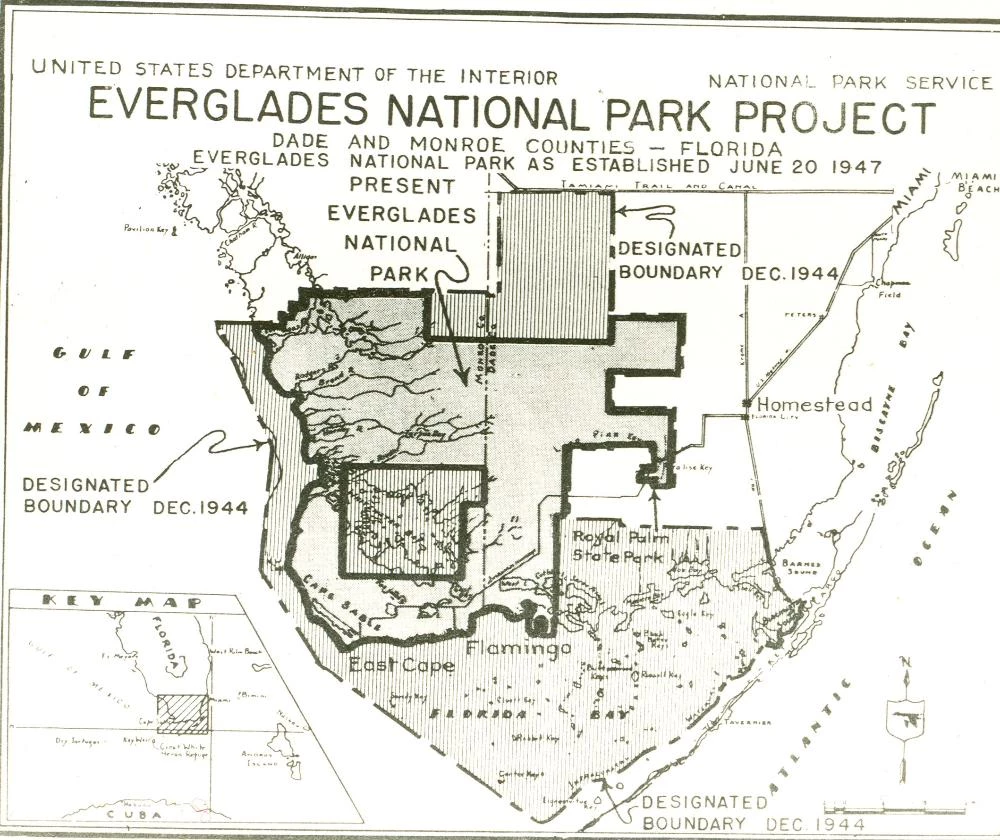
NPS photo (EVER 15217)
Today’s Residents
Today the only permanent or seasonal residents of Flamingo are park employees and volunteers. Some stay for years, others only for a few months. The challenges of living in Flamingo continue to this day, although living there is more comfort than in earlier times. Only forty-five minutes from Homestead, Flamingo is far less isolated than before. However, to those living on the shores of Florida Bay, it can still feel quite remote with limited phone service and internet connections. Mosquitoes can still multiply to astonishing concentrations and hurricanes are still a major threat.
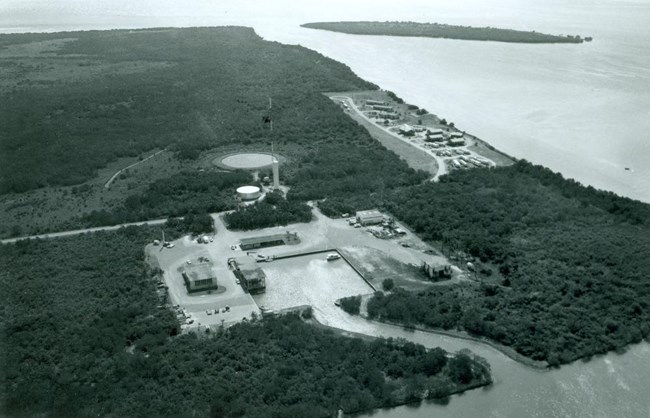
NPS photo (EVER 12301)
Housing for Flamingo residents can be seen in the right of this photo. These homes, just like their predecessors, are built on stilts to avoid water damage during storm surges. In the foreground is the maintenance facility for this area of Everglades National Park.
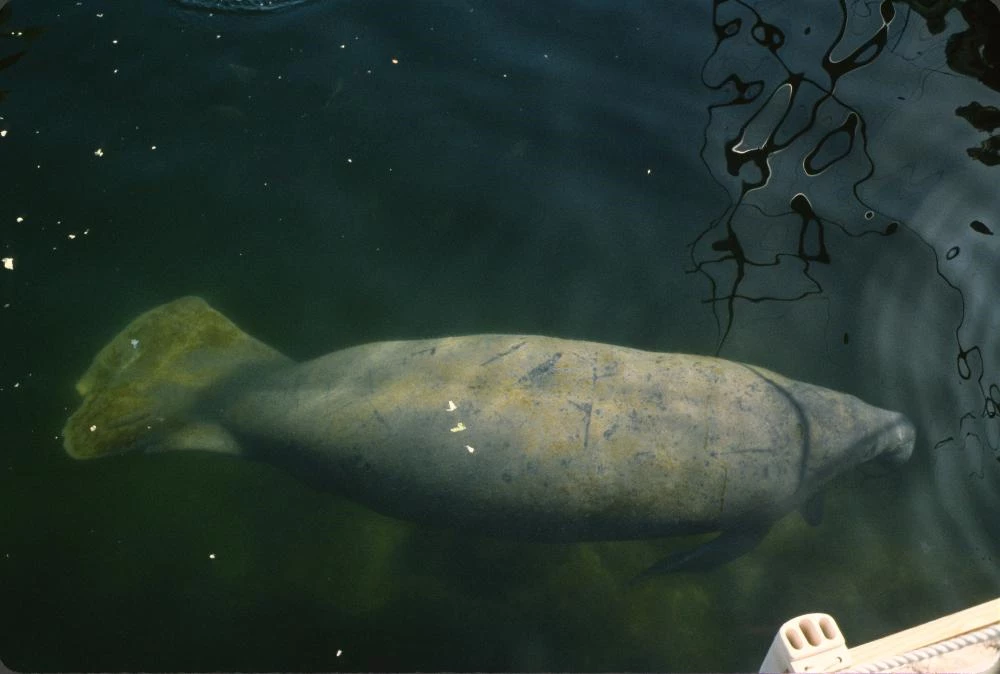
NPS photo (EVER 43433_19)
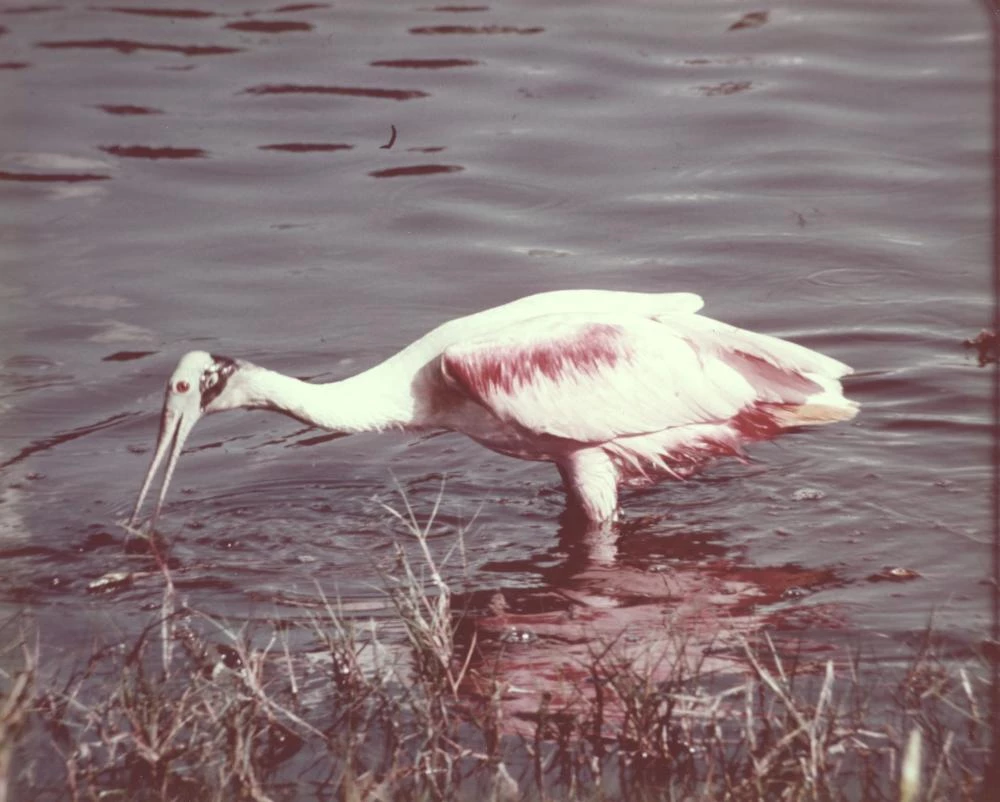
NPS photo (EVER 12962)
CHALLENGES OF LIVING IN FLAMINGO
-
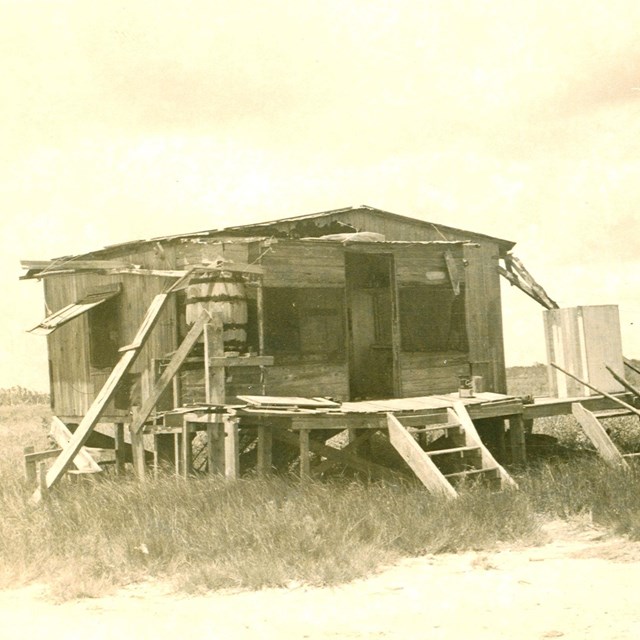 Isolation
IsolationSimple structures like this dotted the landscape in the Flamingo area in the first half of the 1900s.
-
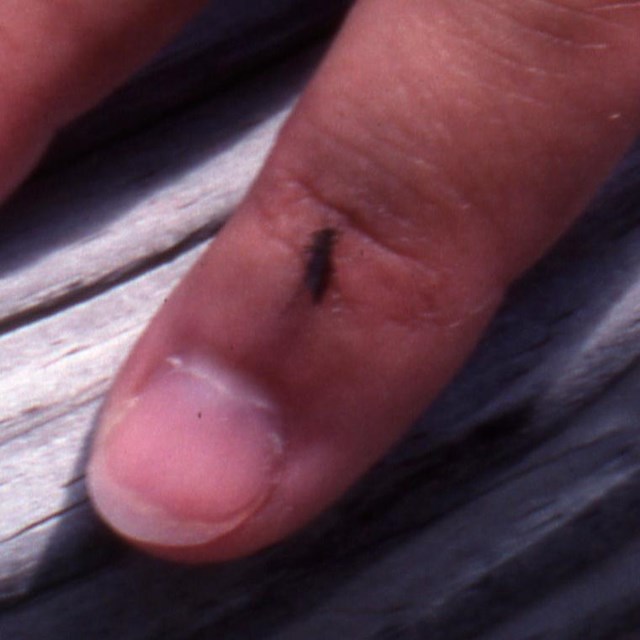 Mosquitoes
MosquitoesMosquitoes have plagued humans for as long as humans have tried to live along Florida Bay.
-
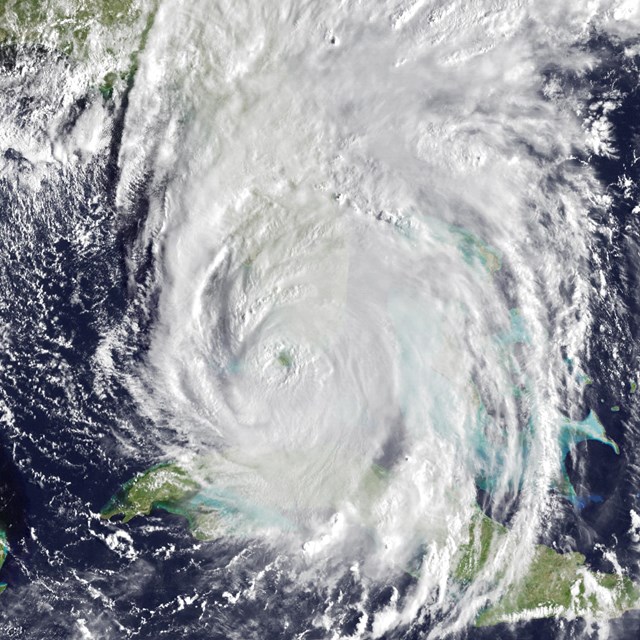 Tropical Weather
Tropical WeatherHurricanes sweep across South Florida, leaving trails of destruction.
-
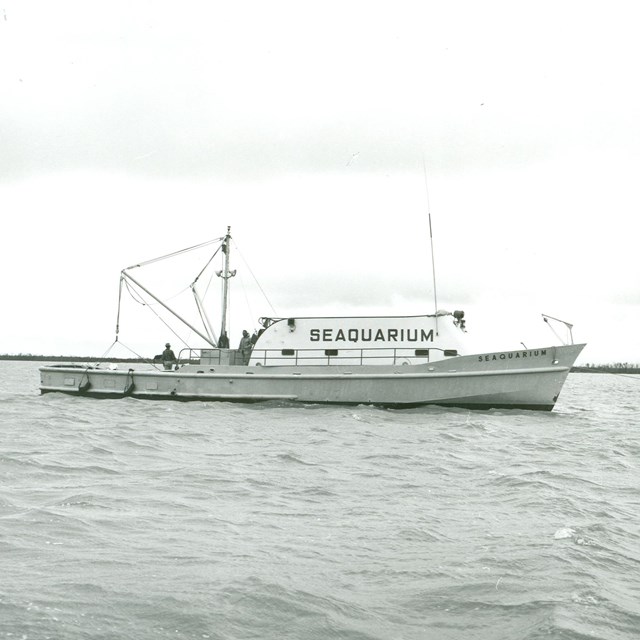 Making a Living
Making a LivingThe rich natural resources in Florida Bay lure people trying to make a living.
Last updated: July 16, 2024
